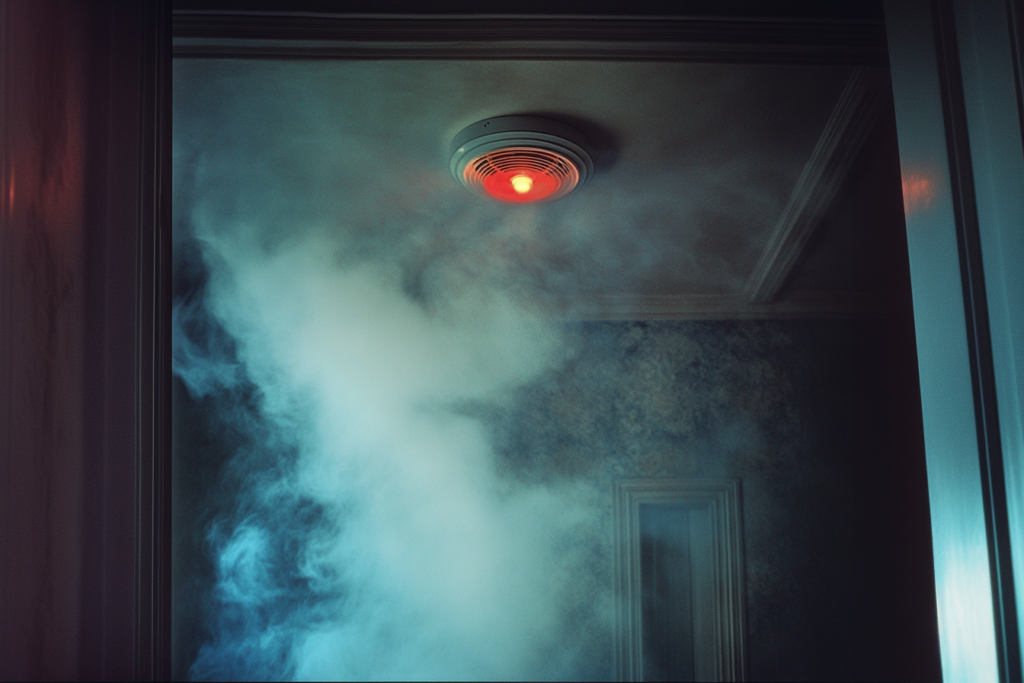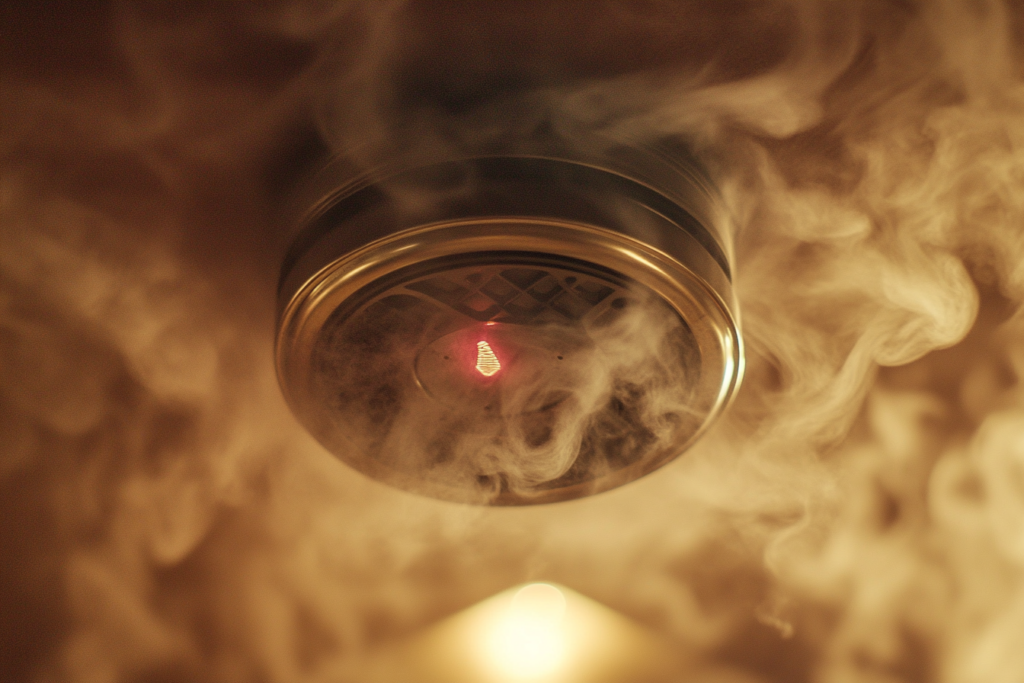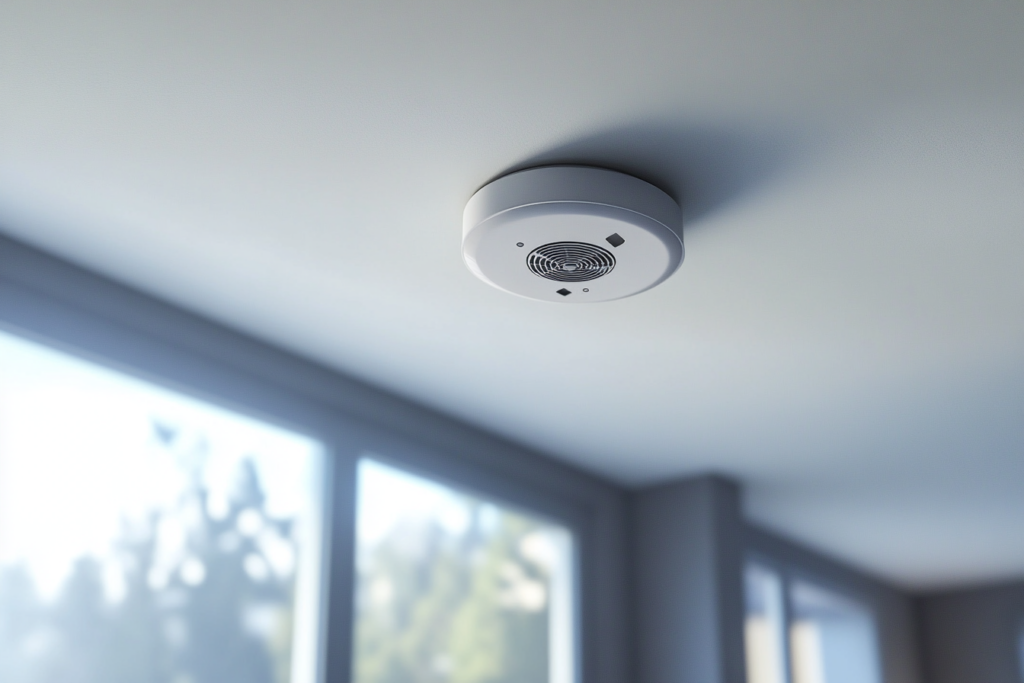That persistent chirping sound from your smoke detector isn’t just an annoyance – it’s a crucial warning sign that demands immediate attention. Understanding these signals could mean the difference between a functioning safety system and a potentially dangerous situation in your home.
What different beeping patterns mean

Your smoke detector speaks its own language through distinct beeping patterns. A continuous three-beep sequence indicates smoke detection and requires immediate evacuation. Single chirps every 30-60 seconds typically signal a low battery, while multiple rapid chirps might indicate a malfunction or that your detector has reached the end of its life.
Modern smoke detectors with voice alerts can help eliminate confusion by announcing the specific issue, whether it’s “low battery” or “replace alarm.”
Battery replacement isn’t solving the problem
Sometimes, even after installing fresh batteries, that annoying chirp persists. This could indicate several issues: dirty sensor chambers, corroded battery terminals, or a detector past its expiration date. Most smoke detectors need replacement every 8-10 years, regardless of their apparent condition.
Consider upgrading to 10-year lithium battery models to eliminate frequent battery changes and ensure consistent protection.
Signs of a malfunctioning detector

Watch for indicators beyond the obvious beeping. Yellow or blinking lights instead of steady green ones often signal trouble. Physical signs like discoloration, warping, or excessive dust accumulation can compromise your detector’s effectiveness. What might happen if these warning signs go unaddressed? A malfunctioning detector might fail to alert you when you need it most.
Proper maintenance keeps false alarms at bay
Regular maintenance prevents unnecessary middle-of-the-night wake-up calls. Mark your calendar for monthly tests using the test button. Every six months, gently vacuum the detector’s exterior and wipe it with a dry cloth. Remove any obvious cobwebs or dust buildup that might trigger false alarms.
For optimal performance, keep smoke detectors at least three feet away from ceiling fans and air vents. Installing a detector with humidity sensors can reduce false alarms in moisture-prone areas like bathrooms or kitchens.
When it’s time for an immediate replacement

Don’t wait for obvious failure signs to replace your detector. If it’s over 10 years old, showing physical damage, or consistently malfunctioning despite troubleshooting, it’s time for an upgrade. Write the installation date on the inside cover of your new detector with a permanent marker to track its age.
Modern interconnected systems offer enhanced protection by alerting all units when one detects danger. Many newer models also include smart features that send alerts to your phone and perform regular self-diagnostics.
Remember, smoke detectors are your first line of defense against home fires. Taking action at the first warning sign isn’t just about stopping an annoying beep – it’s about maintaining a critical safety system that protects your home and family. Check your detectors today, and ensure they’re ready to alert you when it matters most.
